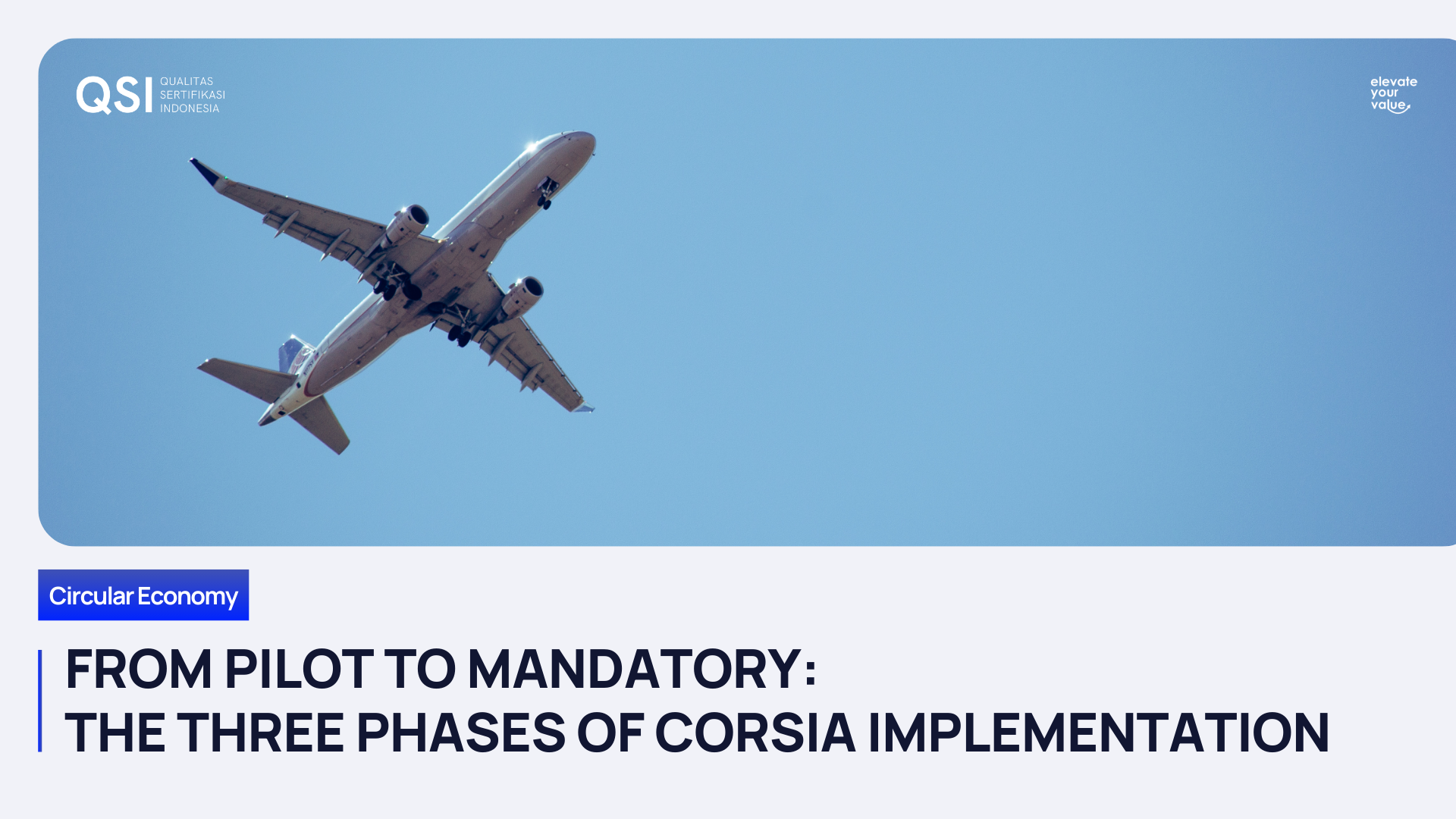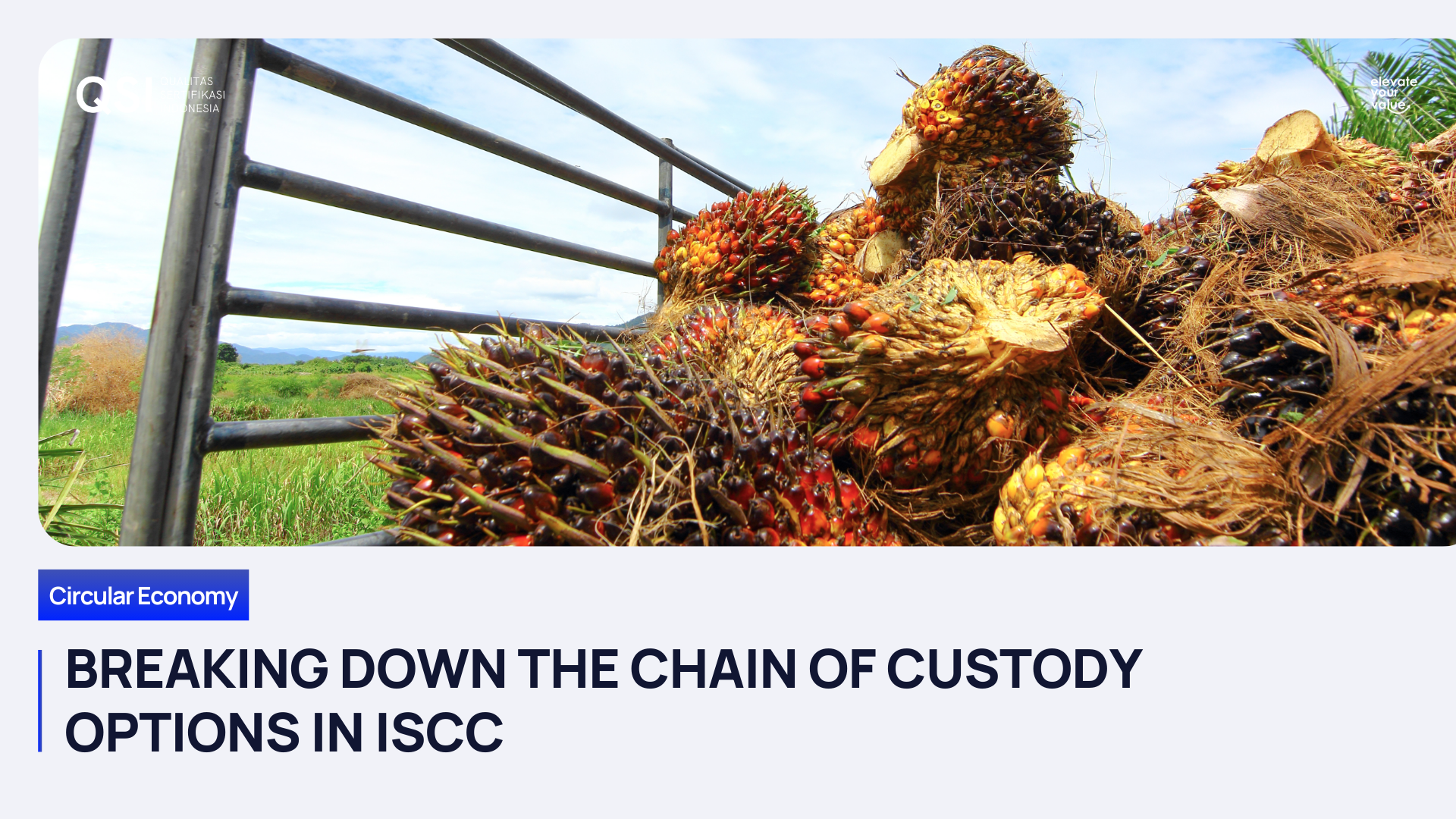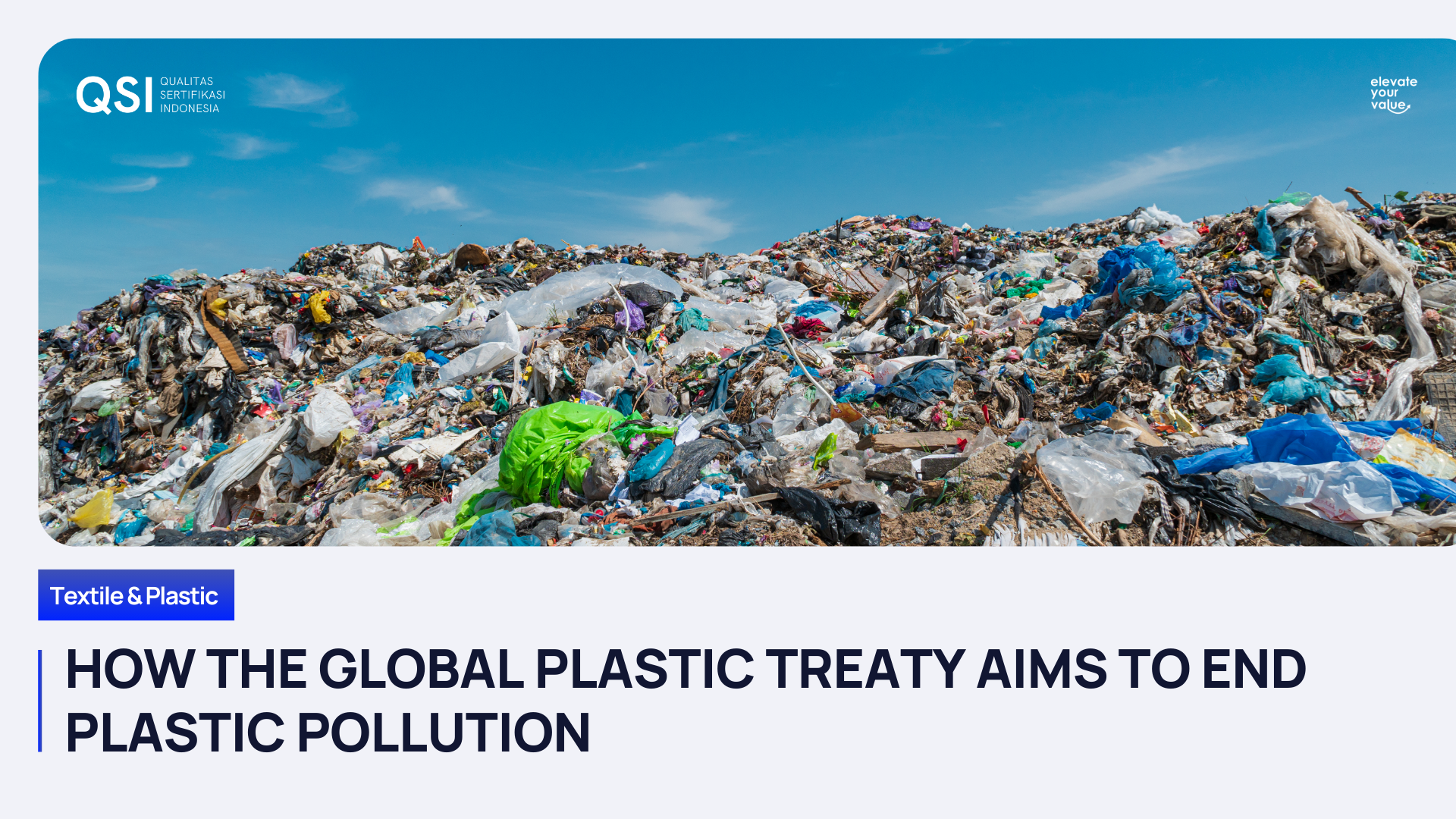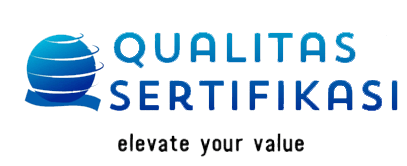Simak Cara Ekspor Produk Kayu Kamu Ke Pasar Dunia
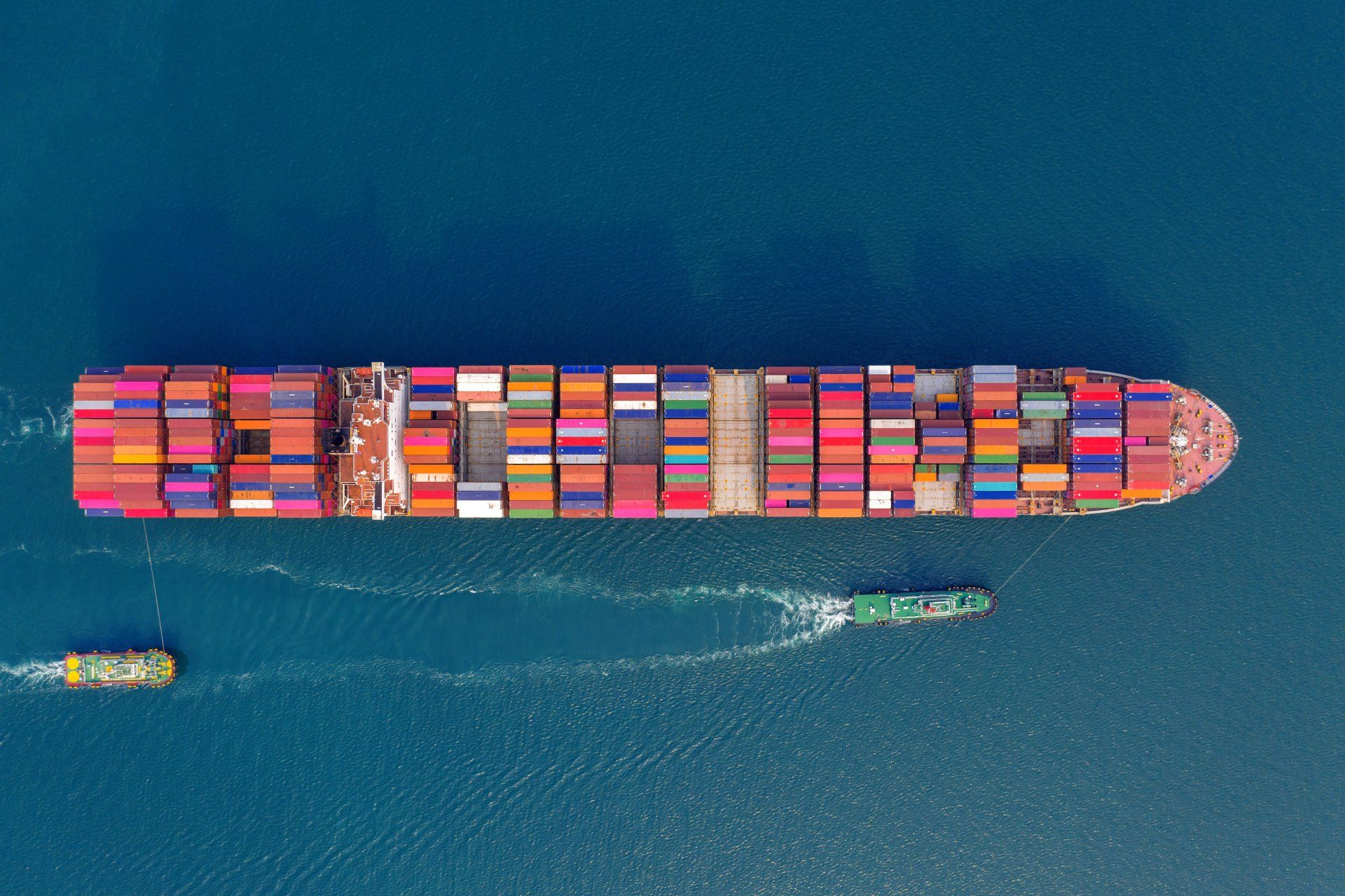
Bisa menjual produknya hingga pasar global merupakan impian bagi setiap pengusaha. Mengembangkan usaha tidak hanya di dalam negeri bukanlah sebuah impian belaka, jika pengusaha mengerti tata cara dan syarat yang diperlukan. Produk kayu, contohnya, merupakan salah satu komoditas yang terus meningkat nilainya secara keseluruhan. Seiring pertumbuhan populasi manusia, permintaan akan komoditas ini pun terus melonjak.
Bagi pengusaha kayu yang ingin mencoba membuka pasar di luar negeri, ada beberapa hal yang perlu menjadi perhatian.
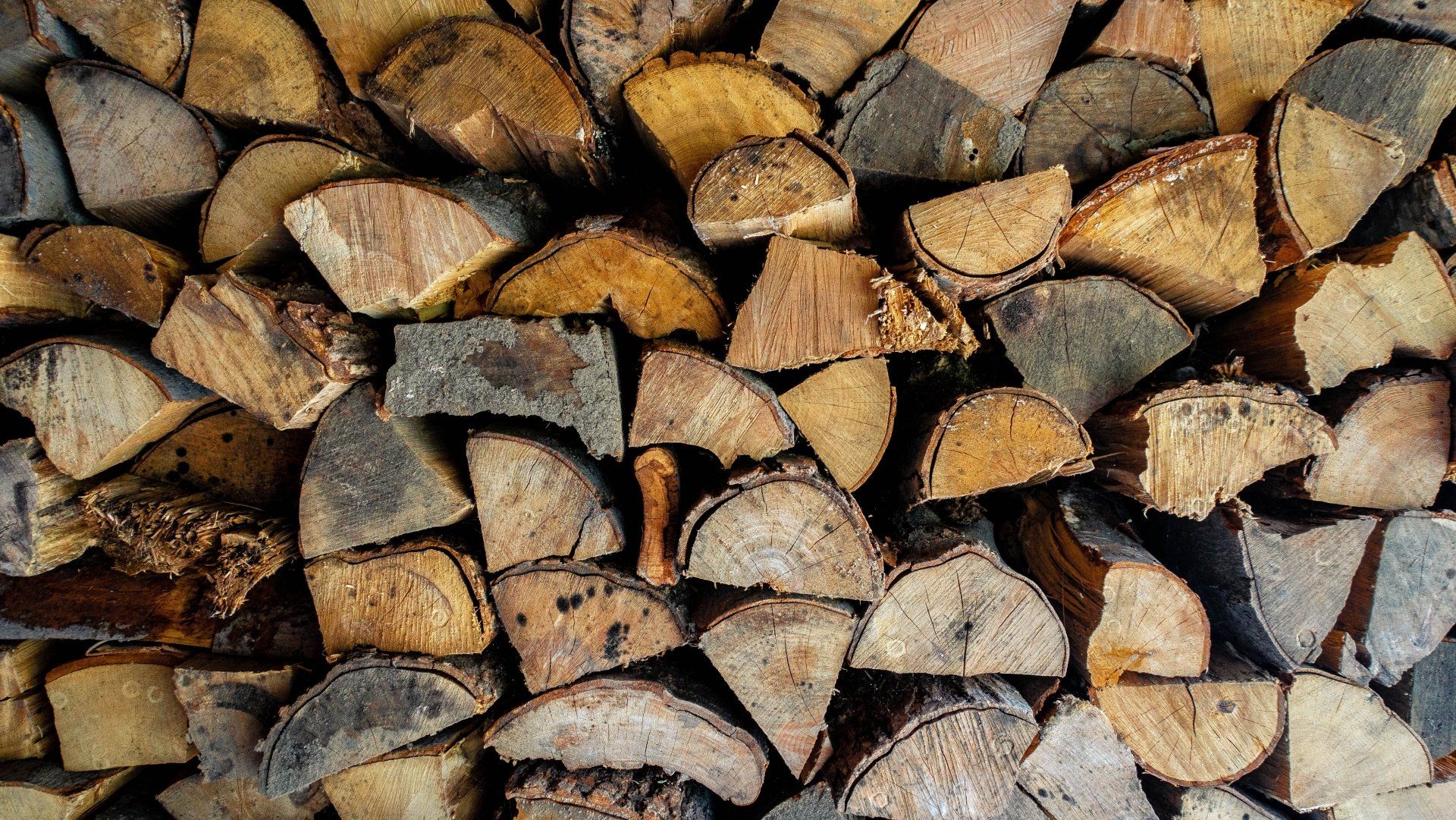
Cari tahu produk kayu olahan apa yang dibutuhkan konsumen
Langkah pertama yang harus dilakukan bagi seorang pengusaha yang ingin mengekspor produknya adalah dengan mencari tahu pasar. Lakukan survei dan gali informasi sebanyak-banyaknya tentang jenis produk yang diinginkan oleh pasar. Hal ini dimaksudkan agar produk yang ditawarkan lebih tepat sasaran dan cepat menemukan konsumennya.
Cari pembeli dan suplier yang kredibel
Setelah mengetahui produk apa yang akan ditawarkan, berikutnya pengusaha harus mencari pembeli dan suplier yang akan memasarkan produk tersebut di luar negeri. Salah satu cara untuk mencari suplier adalah melalui rekomendasi Kamar Dagang dan Industri (KADIN) atau asosiasi industri produk terkait agar lebih aman dan terpercaya.
Di sisi lain, cari pula pembeli atau importir yang juga aman dan kredibel, melalui jaringan perbankan atau ASEI, selaku perusahaan asuransi
core business Asuransi Perdagangan baik Domestik maupun Ekspor dan Impor. Dalam proses pengecekan ini, harus dipastikan betul bagaimana catatan dan rekam jejak dari pembeli atau importir, tujuannya untuk menjamin keamanan transaksi dan pembayaran.
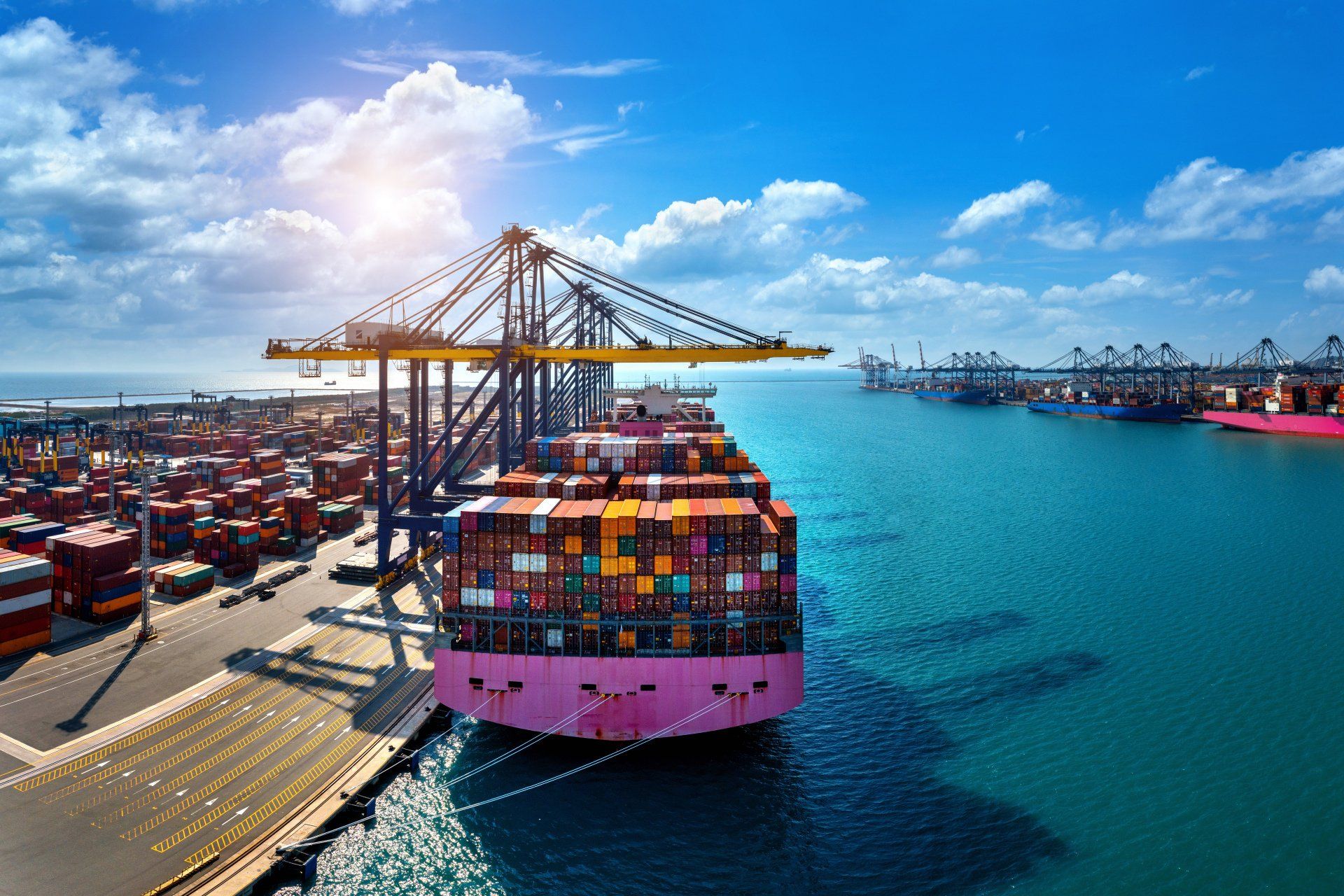
Pastikan sistem pembayaran jelas dan aman
Langkah ketiga setelah mengetahui jenis produk yang dibutuhkan dan mendapatkan suplier maupun pembeli adalah memastikan sistem pembayaran yang akan digunakan. Perlu diperhatikan apakah pembayaran menggunakan Letter of Credit (LC) atau Telegraphic Transfer. Jika memilih LC, maka pastikan mengecek keabsahan LC di bank yang telah ditunjuk sebelum memproses pemesanan.
Bagi yang belum berpengalaman dalam membaca LC, usahakan meminta bantuan dari petugas bank agar lebih memahami poin-poin yang ada. Saat dirasa ada poin yang sulit dipahami, segera minta amandemen perubahan kepada pihak pembeli. Jika ingin lebih aman, bisa memanfaatkan jasa pihak ketiga yang bisa memberikan jaminan terhadap gagal bayar. Jika memungkinkan, sebagai penjual bisa meminta uang muka atau down payment, untuk memastikan perjanjian tetap berjalan.
Pastikan kualitas dan spesifikasi produk sesuai dengan permintaan
Memasuki proses produksi atau proses memenuhi pesanan, harus dipastikan kualitas dan spesifikasinya sudah sesuai dengan permintaan agar menghindari klaim yang merugikan. Perlu diperhatikan, beberapa produk kayu diwajibkan memiliki Dokumen V-Legal/Lisensi FLEGT dalam kegiatan ekspornya. Dokumen V-Legal/Lisensi FLEGT ini hanya bisa didapatkan oleh industri yang telah mendapatkan Sertifikat Legalitas & Kelestarian (SLK).
Keberadaan sertifikasi ini untuk memastikan produk yang dipasarkan bukanlah hasil dari pembalakan liar dan ilegal. Dokumen V-Legal/Lisensi FLEGT ini menjadi sebuah jaminan jika produk kayu yang akan dikirim ke luar negeri, utamanya Uni Eropa, Amerika Serikat, Australia dan Jepang berasal dari kayu legal dan lestari.
Urus dokumen dan perizinan
Langkah terakhir yang perlu diperhatikan adalah mengurus dokumen dan perizinan ekspor. Salah satu yang harus dipunyai adalah dokumen kepabeanan atau dikenal dengan Pemberitahuan Ekspor Barang (PEB). Di dalamnya terdapat beberapa data, seperti data eksportir, penerima barang, sarana pengangkut, negara tujuan, detail barang, serta customs broker (jika ada).
Dokumen PEB ini diajukan ke kantor Bea Cukai setempat yang kemudian diberikan Persetujuan Ekspor. Setelahnya barang bisa dikirim ke pelabuhan untuk dimuat ke kapal atau saran pengangkut menuju titik tujuan. Setiap penerbitan dokumen PEB ini diwajibkan untuk membayar pendapat negara bukan pajak yang bisa dibayar di bank atau kantor Bea Cukai setempat. Produk yang disetujui ini nantinya akan dilampirkan dengan dokumen Nota Persetujuan Ekspor (NPE) dan secara hukum sudah dianggap sebagai barang ekspor.
Beberapa langkah di atas merupakan panduan singkat tentang cara pengusaha di sektor kayu yang ingin mencoba peluang memasarkan produk-produknya secara lebih luas. Untuk teman-teman yang ingin mengetahui lebih mendalam syarat dan dokumen apa saja yang dibutuhkan untuk ekspor, terlebih untuk SVLK, bisa
klik link ini. Di dalamnya tersedia kontak yang bisa dihubungi untuk informasi lebih lanjut.
